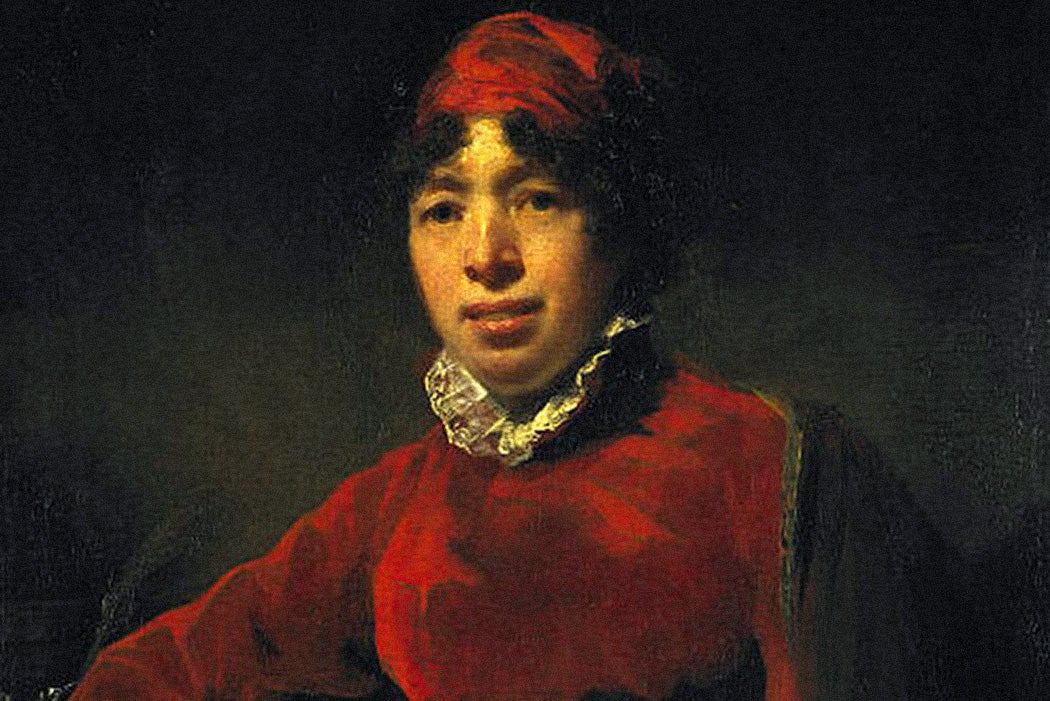The dangers of remaining unmarried, particularly for women, are a staple of political debate. And, as literary scholar Aída Díaz Bild writes, that’s been true for centuries, as male and female writers have offered up different ideas about the status of spinsters.
In eighteenth-century England, Bild writes, single women were often mocked, socially exiled, and impoverished due to their exclusion from many economic opportunities. A Satyr Upon Old Maids, published in 1713, describes spinsters as “nasty, rank, rammy, filthy Sluts.” Six years later, Daniel Defoe proposed the creation of an Office for Marriages, which “would be particularly useful to a set of despicable creatures, called Old Maids.” Over the course of the century, literary descriptions of single women became somewhat less vicious, but male writers continued to portray them as pitiable or ridiculous.
At the same time, Bild identifies a tradition of women writers that offered an entirely different perspective. As early as 1694, philosopher Mary Astell’s A Serious Proposal for the Ladies argued that women’s happiness lay in bonding with other women rather than in marriage and motherhood. Among the writers who followed in this tradition were a number who were themselves “old maids”—Jane Austen, the Bluestockings Fanny Burney and Sarah Fielding, and the particular focus of Bild’s analysis, Scottish-born novelist Elizabeth Hamilton.
In 1800, at age twenty-five, Hamilton wrote a novel titled Memoirs of Modern Philosophers, featuring two spinster characters, Martha Goodwin and Maria Fielding. Bild argues that the author used the characters to anticipate a future for herself in middle age as a confident, intelligent, feminine woman with domestic skills. Fielding in particular is far from the ridiculous figure presented in many depictions of older single women due in part to the fact that she’s economically independent. This allows her to reject a marriage proposal and yet still reign over a household of her own.
Hamilton describes Fielding as a woman “of superior information and extraordinary talents” who devotes herself to charitable work and women’s education and uplift. Not coincidentally, this is also a fitting description for Hamilton, who managed charitable organizations including the Edinburg House of Industry for poor women.
Weekly Newsletter
While Hamilton’s writing contained examples of happy companionate marriages built on mutual respect and affection, she and her spinster characters were skeptical about signing up for an institution in which their husband would have absolute power over them under the law. As her character Martha Goodman argues, “the beautiful union of congenial souls is a sight seldom to be beheld on earth!” Like Goodman and Fielding, Hamilton never married.
“With a character like Mrs. Fielding, Hamilton not only created a positive role for old maids like herself but showed her readers that it was possible for an unmarried woman to have a varied, interesting, useful and fulfilled life,” Bild writes.
Support JSTOR Daily! Join our membership program on Patreon today.







